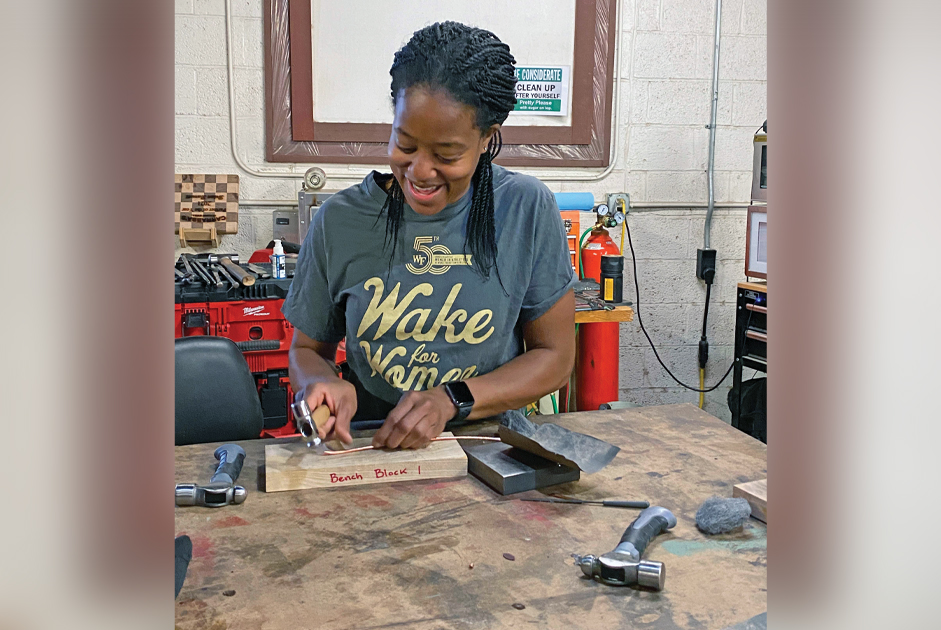When lemons are present, make yourself a glass of lemonade! This school year already begins with unexpected challenges; however, you can introduce a few skills not taught today, such as spelling, cursive, and creative writing! While still working from home, you and your children can enjoy a rewarding bonding experience!
Improving Fine Motor Skills
As children in grades three through five engage in technology-based activities using a keyboard, they risk stretching the muscles in their wrists, hands, and fingers. Children, when asked to pick up a pencil, will quickly claim their fingers hurt. One activity to encourage improvement is to engage in small hand movements, such as learning cursive. Tablets comprising pages of wide lines still exist; therefore, buy three or four. They are especially plentiful in August through October.
- Before a child picks up the pen, teach the rule of four lines. Most lines begin at the ground, they rise to the dotted line, known as the grass, or continue towards the sky. All capital letters and only seven lower-case letters reach the top blue line. Some letters go underground, such as the sweeping tails of “g,” “j,” “p,” “q,” and “y.”
- Teach how to grip a pencil and hold the paper at a 45-degree angle.
- Investing in a cursive handwriting book will make it an instrumental resource. Book themes, such as those in Harry Potter, can promote a willingness to engage in daily practice.
- Begin with wavy lines, and encourage staying within the lines. Coloring is a supplemental form of practicing cursive; therefore, take a half-hour afterward and bring out the crayon box!
- Start with the letters in your child’s name. They are the most important words your child needs to know well. At the beginning and end of every practice session, request a signature.
Rather than use paper and pencil, try using a different medium, such as salt or sugar, to write their name in!
How Do You Spell?
Back in the 1990s inventive spelling replaced phonics instruction. Rather than understanding vowel digraphs and suffix combinations, children created a spelling based their interpretation of sound. The word “what” became “wat” and “pen,” for some, was “pan.” The arrival of spell-check was not intended to replace the knowledge of phonetic awareness. By the time students arrive at fourth grade, they transition from phonetic sounds to syllables and meanings.
- When presenting words, use two different colors to identify vowels and consonants. The value is that later, children will retain the memory when words are not in color.
- Create a personalized list of five to ten words. Begin with fingerspelling the letters, tracing, writing in sugar or finger-paint. Use songs and games to practice studying each word’s spelling.
- Talk about hard and soft sounds, vowel diagraphs, and diphthongs.
- Read books with detailed illustrations to encourage learning new words.
- Listen to audiobooks while reading to see and hear words.
- Create silly sentences using grammatic patterns such as “article-adjective-noun-adverb-verb-preposition-article-adjective-noun.”
The world of spelling isn’t just a lesson. It can delve into homophones, prefixes, suffixes, and multi-syllable words. Every day can be a game of learning new words and improving spelling!
Creative Writing
The blank canvas of a sheet of paper is an intimidating prospect for adults and children. The mental anguish behind “How do I begin?” can be eliminated with the right motivation. Some people need to create a story map or draw pictures. While identifying effective strategic aids in learning, parents can boost the enjoyment of writing through creative, original stories.
A few suggestions are:
- Lie on the floor with closed eyes and listen to an instrumental song. Allow the story to come to life in writing.
- Each day, across a week, introduce five new words. The first day may comprise dragon, bird, tree, key, and sword. Lessons can instruct in using adjectives, building suspense, developing a character, or writing an introduction.
- Read aloud the first chapter from a book, and then write what comes next.
- Invest time in writing rhyming patterns!
The possibility of delving into a forgotten subject with a child has no bounds! Enjoy the moment, learning about letters, penmanship, words, and original thoughts!























